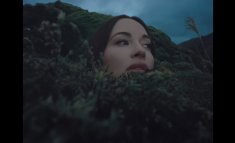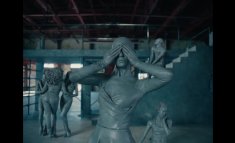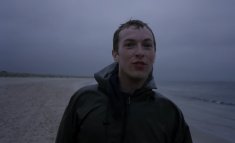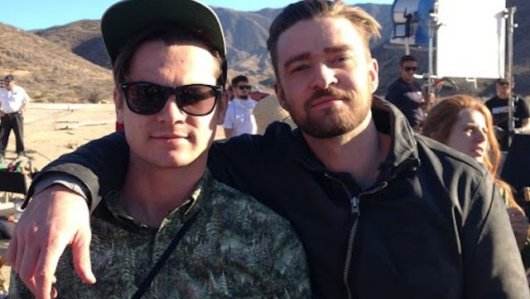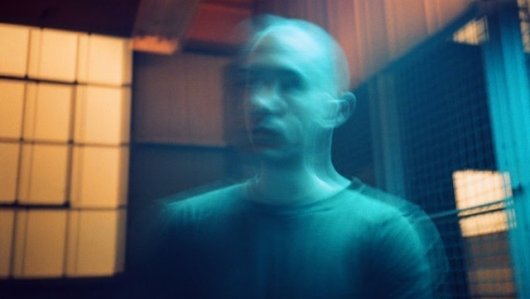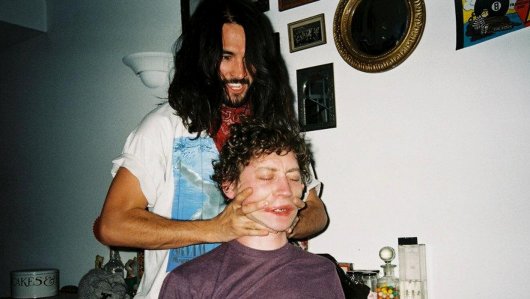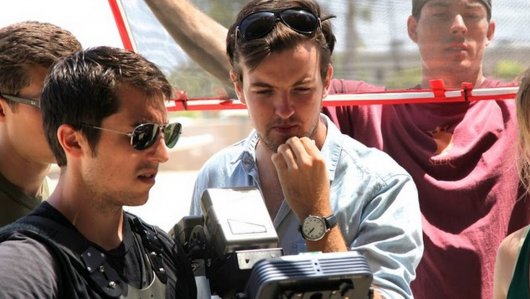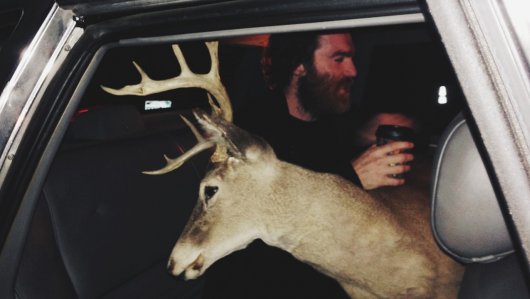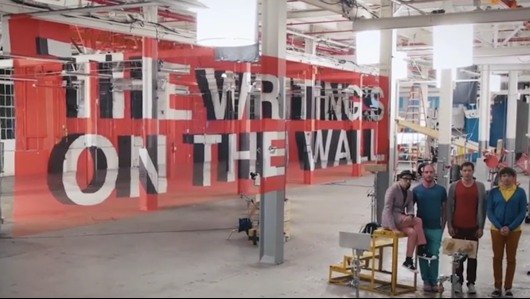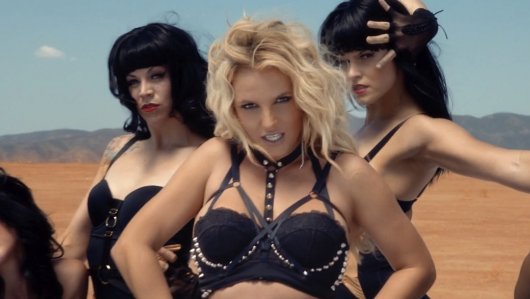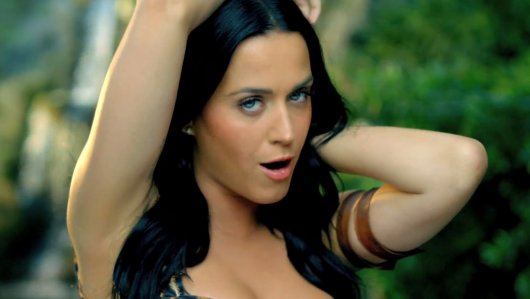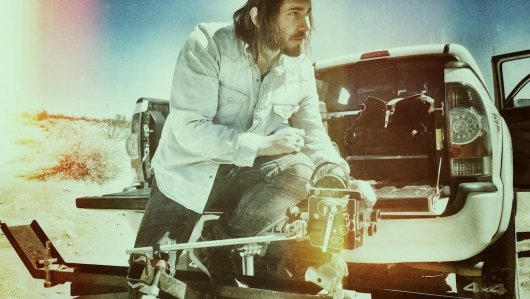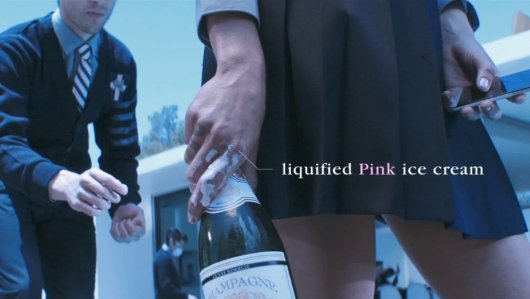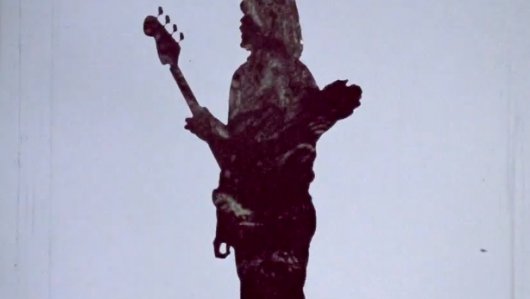Band Aid 30 "Do They Know It's Christmas?" (Andy Morahan, dir.)
Remaking something like "Do They Know It's Christmas" is undoubtedly daunting in the modern age. Do music starts circa 2014 have the same influence as they did in 1984? Can a charitable effort like this get attention when we're 30 years and seemingly 30 million telethons, concerts and collaborations later?
Unfortunately, the need is still there to raise awareness and money for what's happening in Africa today — this time the primary cause is Ebola, as opposed to hunger — but fortunately mastermind Sir Bob Geldof is still active and still able to galvanize people for a worthy cause.
And while the video is a simple affair in terms of the visuals, it was a complicated process due to tricky logistics and a superquick turnaround: The entire video was shot in tandem with the November 15 recording sessions, with a premiere deadline only 36 hours after the start of the session — leaving less than 15 hours to get to final edit.
Andy Morahan, director: "This was a once in a lifetime opportunity to work with so many incredible artists. The level of talent in that studio was truly awe-inspiring. What Bob (Geldof) is doing is important and changes people‚s lives. Ebola is killing thousands of people in multiple countries and has the potential to affect the whole world on a truly catastrophic scale. The incredible passion with which Bob approaches the Band Aid project is humbling and I am truly flattered to have been asked to be a part of it.
Sheridan Thomas, executive producer: "The whole process, from recording and mixing the track to shooting editing and finishing the film, had to be completed within 36 hours, presenting us with a number of pretty unique technical challenges. The workflow within each and across all departments had to be absolutely seamless to make it happen. There was literally no room for error. I‚m so proud of the Great Guns team and so thankful to many of our regular collaborators, like our two DOPs Tony Miller and Angus Hudson, for pulling off what initially seemed like an impossible feat without a single hitch."

